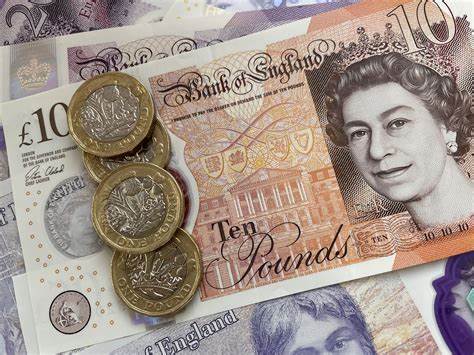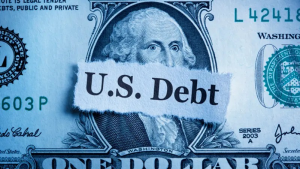The Pound Sterling (GBP) extends its downside below the psychological support of 1.2500 against the US Dollar (USD) during Wednesday’s early American session. Due to the light economic calendar in the United Kingdom, the volatility in the GBP/USD pair all comes from the side of the US Dollar as the United States faces a data-packed week, starting with the Federal Reserve decision (Fed) later on Wednesday.
The Pound Sterling’s valuation will solely be impacted by the Bank of England (BoE) expectations for interest-rate cuts. Financial markets speculate that the BoE could opt to cut borrowing costs in the June or August meetings. Traders have priced in rate cuts soon as BoE Governor Andrew Bailey said he is confident that headline inflation will come down to 2% in April. In March, UK inflation stood at 3.2%.
The recent steep correction in the GBP/USD pair reflects uncertainty among investors ahead of the Fed interest rate decision, which will be announced at 18:00 GMT. The Fed is expected to maintain interest rates steady and to give hawkish rhetoric, as recent inflation data suggests persisting price pressures, making it difficult for policymakers to gain confidence that price growth will sustainably return to the 2% target. This scenario of higher interest rates in the US improves the appeal of the US Dollar and weighs on other currencies whose central banks are seen cutting rates earlier than the Fed.
The US Dollar Index (DXY), which tracks the Greenback’s value against six major currencies, advances to a two-week high of around 106.30. Meanwhile, strong ADP Employment Change numbers have further improved the US Dollar' appeal. The report shows that US private employers recruited 192K jobs, higher than the estimates of 175K and the former reading of 184K.
Daily digest market movers: Pound Sterling drops as Fed looks set to deliver hawkish guidance The Pound Sterling corrects sharply to 1.2480 against the US Dollar as investors brace for the Federal Reserve’s monetary policy decision. The CME FedWatch tool shows that traders see interest rates remaining unchanged in the range of 5.25%-5.50% for the sixth time in a row. Though no action is expected on borrowing rates, investors will keenly watch for the interest rate outlook by looking at the Fed’s statement and Chairman Jerome Powell's press conference. The Fed is expected to support the “higher for longer interest rates” argument as a recent batch of inflation indicators has suggested that progress in inflation declining to the 2% target has stalled. After higher-than-expected Consumer Price Index (CPI) and core Personal Consumption Expenditure Price Index (PCE) for March, Q1 Employment Cost Index also beat estimates by a strong margin. The index rose by 1.2%, higher than the consensus of 1.0% and the prior reading of 0.9%. Higher Employment Cost is generally driven by strong wage growth, which leads to an increase in consumer spending and fuels inflationary pressures. Before the Fed’s policy meeting, investors will keenly focus on the ISM Manufacturing PMI data for April, which will be released in the early New York session. The Manufacturing PMI is forecasted to drop to the borderline of 50.0 in April from 50.3 in March. The 50.0 figure is the threshold that separates expansion from contraction. A weaker-than-expected Manufacturing PMI will indicate that US factory activity contracted in April.
The Pound Sterling falls sharply against the US Dollar after failing to extend its upside above the crucial resistance of 1.2570. The GBP/USD pair also fails to sustain above the 20-day Exponential Moving Average (EMA) around 1.2510, indicating that the near-term outlook is still uncertain.
The neckline of the Head and Shoulders (H&S) pattern has acted as a strong barrier for the Pound Sterling bulls. On April 12, the Cable experienced an intense sell-off after breaking below the neckline of the H&S pattern plotted from December 8 low around 1.2500.
The 14-period Relative Strength Index (RSI) oscillates in the 40.00-60.00 range, suggesting indecisiveness among market participants.













